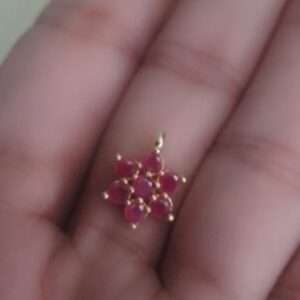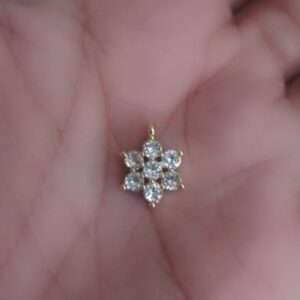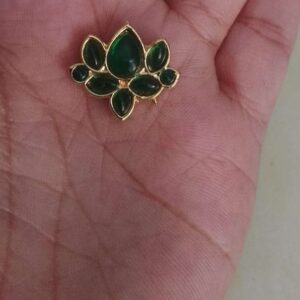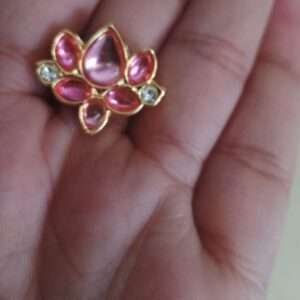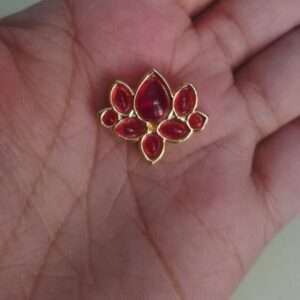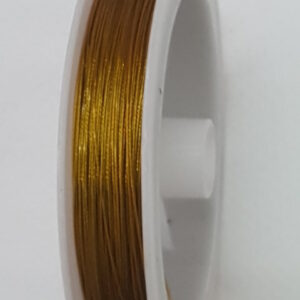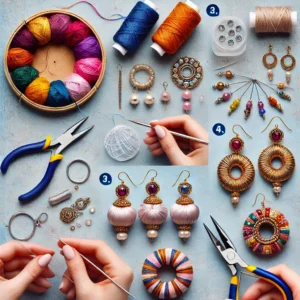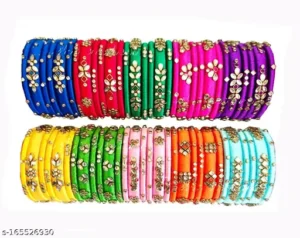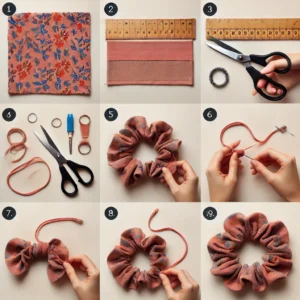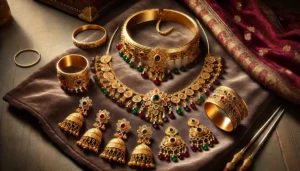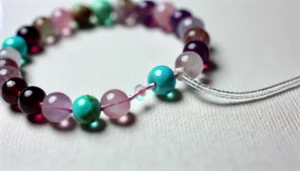Home » Posts tagged '#HandmadeAccessories'
Tag Archives: #HandmadeAccessories
Why handmade accessories are the next big thing in fashion – and you won’t believe the impact!
Explore how handmade accessories are transforming fashion with unique designs and sustainable practices. Learn why they are the ultimate style statement.
Handmade accessories are taking the fashion world by storm, offering a fresh alternative to mass-produced items that dominate the market. These one-of-a-kind pieces—ranging from hairpins and headbands to anklets and brooches—provide a personalized touch that is becoming increasingly rare in today’s fashion landscape. As more consumers seek unique ways to express themselves, the demand for handcrafted accessories continues to grow, underscoring a broader movement toward individuality, quality, and sustainable fashion choices.
The Rise of Handmade Accessories in Modern Fashion
Handmade accessories have become a symbol of authenticity and originality in a fashion market flooded with uniformity. Unlike factory-made items, these accessories are crafted with meticulous attention to detail and infused with the artist’s creative spirit. Each piece tells a story, making it more than just an accessory but a wearable piece of art. Fashion historian Linda Larson explained that “handmade accessories connect the wearer with the creator’s vision, offering a sense of connection that mass-produced items simply cannot replicate.”
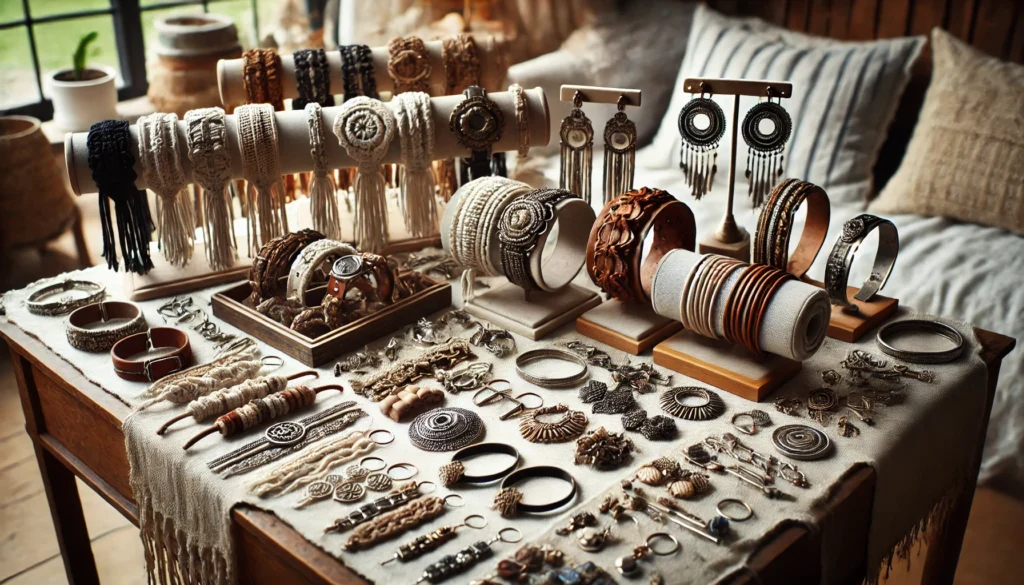
The rise in popularity of handmade accessories also reflects a growing rejection of fast fashion’s ethical and environmental implications. With consumers becoming more aware of the impact of their choices, there is a clear shift towards slow fashion, which values craftsmanship, sustainability, and ethical production. Artisanal brands and independent designers are leading this change, creating accessories that are both stylish and sustainable.
Why Consumers Are Flocking to Handmade Accessories
The appeal of handmade accessories lies in their uniqueness and the ability to customize them according to personal preferences. Many artisans offer bespoke services, allowing customers to choose specific colors, materials, and designs, resulting in a product that perfectly matches their style. This level of personalization is rarely found in mass-produced goods and is a key reason why handmade accessories are becoming more popular.
Additionally, handmade accessories often feature high-quality, durable materials. Unlike their cheaper, mass-produced counterparts, which are prone to wear and tear, handmade items are built to last. Many artisans use sustainable and ethically sourced materials, such as recycled metals, natural fabrics, or even upcycled components. This commitment to quality and sustainability adds to the allure of handmade accessories.
Craftsmanship and Artistry: The Essence of Handmade Accessories
At the heart of handmade accessories is the dedication and skill of the artisans who create them. Each piece requires hours, sometimes even days, of labor-intensive work. The artistry involved is what sets handmade accessories apart from their mass-produced counterparts. Jewelry designer Samira Thompson noted that “the time and skill invested in handmade accessories give them a soul—a story that the wearer carries with them.”
The market for handmade accessories includes a wide range of items, such as macramé earrings, crochet hairbands, leather cuffs, and metal brooches. Each accessory type reflects different craft techniques and materials, showcasing the rich diversity of artisanal work. As a result, handmade accessories appeal to a broad spectrum of consumers, from those who prefer minimalist styles to those seeking bold, statement pieces.
The Market Potential for Handmade Accessories
Experts believe that the market for handmade accessories will continue to grow as consumers increasingly prioritize sustainability, quality, and individuality. The rise of e-commerce platforms and social media has also provided artisans with greater visibility and access to global markets. Sites like Etsy, Instagram, and Pinterest have become crucial tools for artisans to showcase their work, connect with customers, and build their brands.
According to fashion marketing strategist Julia Reed, “the appeal of handmade accessories is more than just their aesthetic value. It’s about owning something that’s truly yours—an item that no one else has. This unique selling point is what makes handmade accessories a promising niche in the fashion industry.”
The Future of Fashion is Handmade
The trend toward handmade accessories signals a shift in consumer values, from quantity to quality and from conformity to individuality. As more people seek meaningful, sustainable, and unique fashion choices, handmade accessories are poised to become a staple in modern wardrobes. This growing demand will likely lead to more innovation and diversity in designs, ensuring that the future of fashion remains vibrant, sustainable, and deeply personal.
The unexpected rise of polymer clay and resin jewelry – and why everyone is obsessed!
Discover how polymer clay and resin jewelry are transforming handmade accessories with vibrant designs and endless customization options.
Polymer clay and resin jewelry are quickly becoming popular in the world of handmade accessories, captivating fashion enthusiasts with their vibrant colors, intricate designs, and limitless possibilities for customization. Unlike traditional materials like metal or stone, polymer clay and resin offer artisans a flexible medium to craft unique and eye-catching jewelry pieces, ranging from whimsical earrings to bold statement necklaces. This modern revolution in jewelry design is redefining what handmade accessories can be, attracting both designers and consumers who value creativity and individuality.

The Rise of Polymer Clay and Resin Jewelry
The popularity of polymer clay and resin jewelry has surged in recent years, driven by social media platforms like Instagram and TikTok, where artisans share their creative processes and showcase their colorful designs. Unlike conventional jewelry, polymer clay and resin pieces are lightweight, versatile, and highly customizable. This flexibility allows artists to experiment with endless shapes, patterns, and color combinations, resulting in jewelry that is as unique as the wearer.
Jewelry designer Olivia Green explained that “polymer clay and resin offer a freedom that traditional jewelry materials don’t. There are no limits to the shapes, colors, or textures you can create, which makes it an exciting medium for artists.” This sense of freedom and creativity is a significant draw for both designers and customers looking for something different from the norm.
How Polymer Clay and Resin Jewelry is Made
Creating jewelry from polymer clay and resin involves a meticulous process that requires both artistic skill and technical knowledge. For polymer clay jewelry, artisans start by conditioning the clay to achieve the desired consistency and color blend. The clay is then molded into various shapes, such as geometric forms, floral patterns, or even abstract designs. Once shaped, the clay pieces are baked in an oven to harden them, making them durable yet lightweight.
Resin jewelry, on the other hand, involves mixing liquid resin with hardener and adding pigments, glitter, or other decorative elements. The resin mixture is then poured into molds and left to cure for several hours or even days, depending on the type of resin used. The result is a glossy, durable piece of jewelry with a glass-like finish. Combining polymer clay with resin is another popular technique that adds an extra layer of depth and shine to the jewelry, creating pieces that are visually stunning and unique.
The Growing Appeal of Modern Handmade Jewelry
One of the key reasons for the growing appeal of polymer clay and resin jewelry is its accessibility and affordability. Unlike precious metals and gemstones, polymer clay and resin are relatively inexpensive materials, making this type of jewelry more affordable for both creators and consumers. This affordability opens up opportunities for artisans to explore their creativity without the financial risks associated with more traditional jewelry-making materials.
Another factor contributing to the popularity of polymer clay and resin jewelry is its eco-friendly aspect. Many artisans use non-toxic, low-waste materials and adopt sustainable practices in their crafting processes. For instance, some use silicone molds that can be reused hundreds of times, reducing waste. Fashion influencer Mia Santos commented that “the eco-friendly aspect of polymer clay and resin jewelry is a big selling point for consumers who want stylish accessories without compromising their environmental values.”
The Future of Polymer Clay and Resin Jewelry
Experts believe that the future of polymer clay and resin jewelry is bright, particularly as the demand for unique, customizable, and affordable accessories continues to grow. With advancements in polymer and resin materials, the possibilities for creating innovative and sustainable jewelry designs are expanding. Additionally, the rise of online marketplaces and social media platforms has made it easier for independent designers to reach a global audience, further fueling the trend.
Artisanal jewelry consultant Nathan Kim noted that “polymer clay and resin jewelry are here to stay. The combination of artistic freedom, affordability, and sustainability makes it a perfect choice for the modern consumer who wants something different.” He added that as more people discover the versatility of these materials, the market for polymer clay and resin jewelry is likely to expand even further.
A New Age for Handmade Jewelry
Polymer clay and resin jewelry represent a new age in handmade accessories, one where creativity knows no bounds. As more artisans and consumers embrace these versatile materials, the jewelry world is witnessing a shift towards more personalized, sustainable, and affordable options. This modern revolution in jewelry design is a testament to the evolving tastes of fashion-conscious individuals who seek to express themselves through unique and meaningful accessories.
